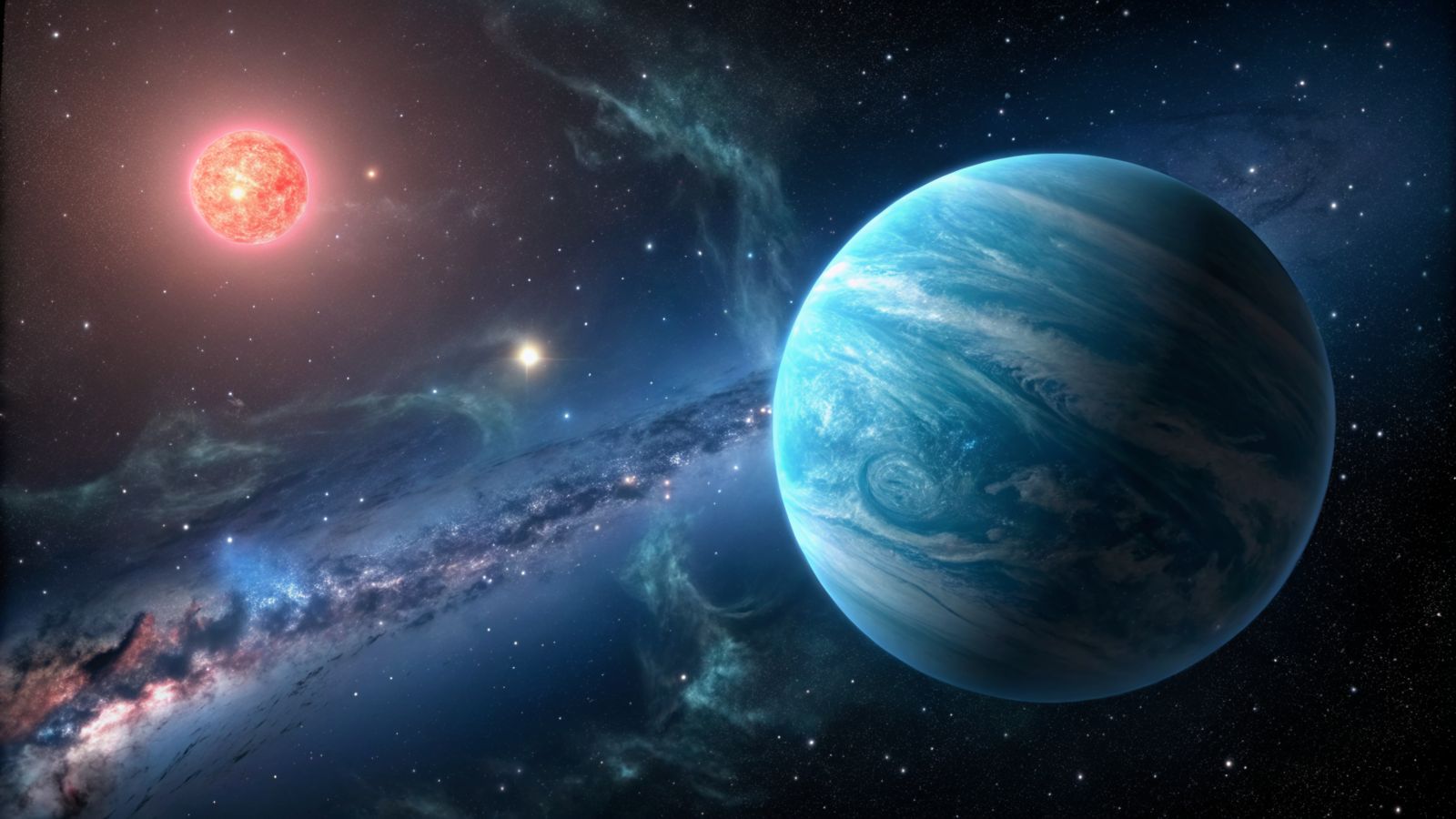Follow us on Google News (click on ☆)
This scientific breakthrough could settle the long-standing debate concerning the origin of Earth's water. While the dominant hypothesis attributed its appearance to comet or asteroid impacts, recent work published in Nature reveals an important internal production mechanism. The extreme conditions that prevail during planetary accretion appear to favor chemical reactions generating substantial amounts of water.

The laboratory of nascent worlds
Reconstructing primordial planetary conditions required specialized equipment capable of reproducing otherwise inaccessible environments. Researchers used a diamond anvil cell that can compress molten rock samples to extremes between the tips of two diamonds. This instrument subjected matter to pressures exceeding 600,000 times that of Earth's atmosphere.
The temperatures reached during experiments exceeded 4,000°C (7,232°F), accurately simulating the depths of a molten planet. These parameters correspond to those encountered during the accretion phase, where young worlds are enveloped in thick hydrogen-rich atmospheres. This particular configuration plays a determining role in the observed process.
The hydrogen present in the primitive atmosphere acts as a thermal blanket keeping magma oceans in liquid state for millions of years. During this prolonged period, the gas abundantly dissolves in molten silicate, triggering chemical reactions with ferrous oxides. The team found that this interaction ultimately produces substantial amounts of liquid water.
A cosmic aquatic abundance
This discovery transforms our understanding of water distribution in the Milky Way. Sub-Neptune type planets, which represent the most common category of exoplanets, constitute ideal candidates for this mechanism. Their internal structure, composed of a rocky core surrounded by a thick hydrogen envelope, creates perfect conditions for aquatic genesis.
Water production now appears as a natural consequence of planetary formation rather than an exceptional phenomenon. This perspective considerably expands the number of potentially habitable worlds in our galaxy. The reactions observed in the laboratory indicate that water could be a systematic byproduct of the evolution of rocky planets with primordial atmospheres.
The study published in Nature shows that the chemistry between the planetary mantle and atmosphere durably influences the composition of exoplanets. This interaction determines not only the presence of water, but also the internal structure and atmospheric evolution of planets. Knowledge of these fundamental processes should change our approach in the search for biological signatures beyond our Solar System.